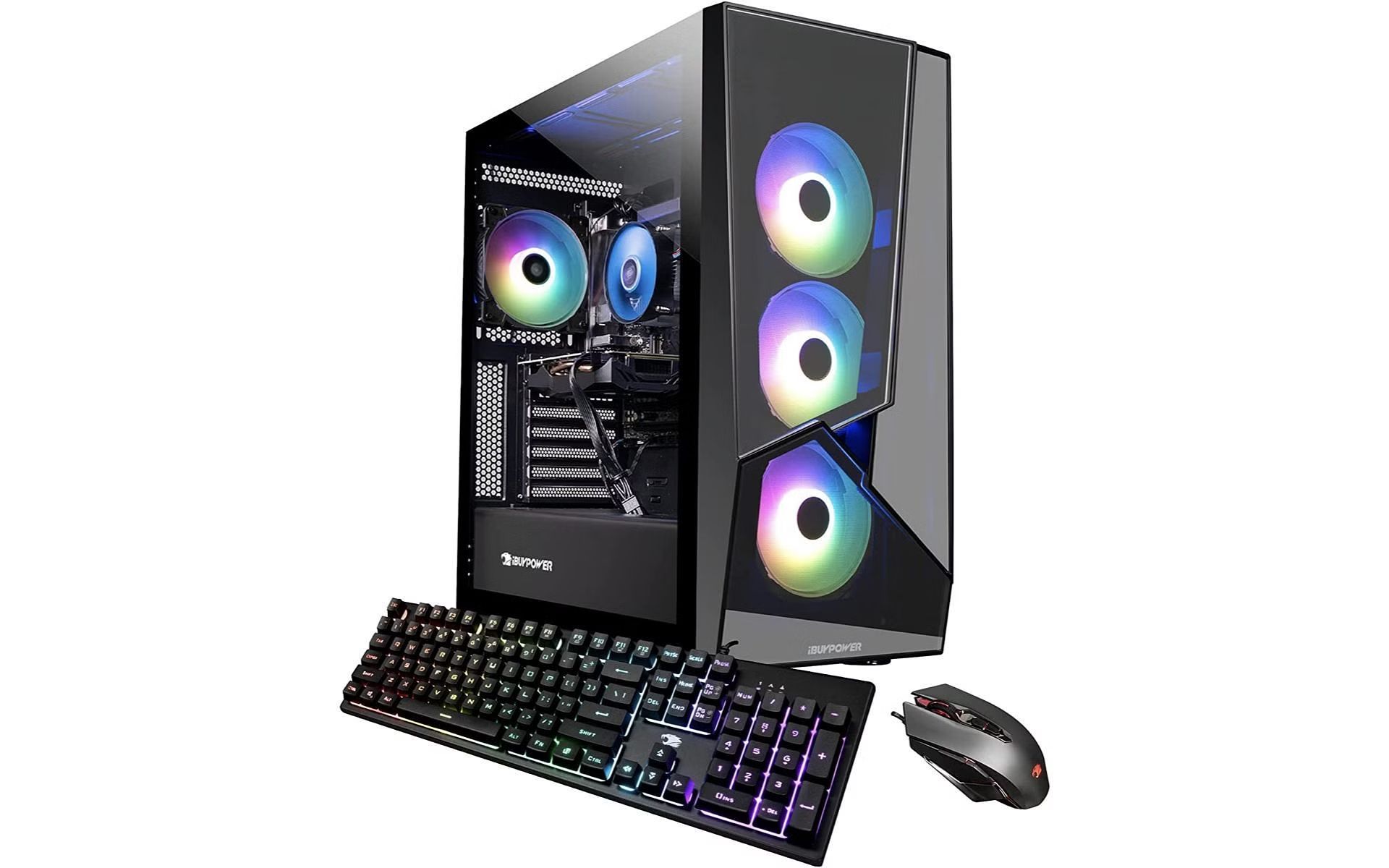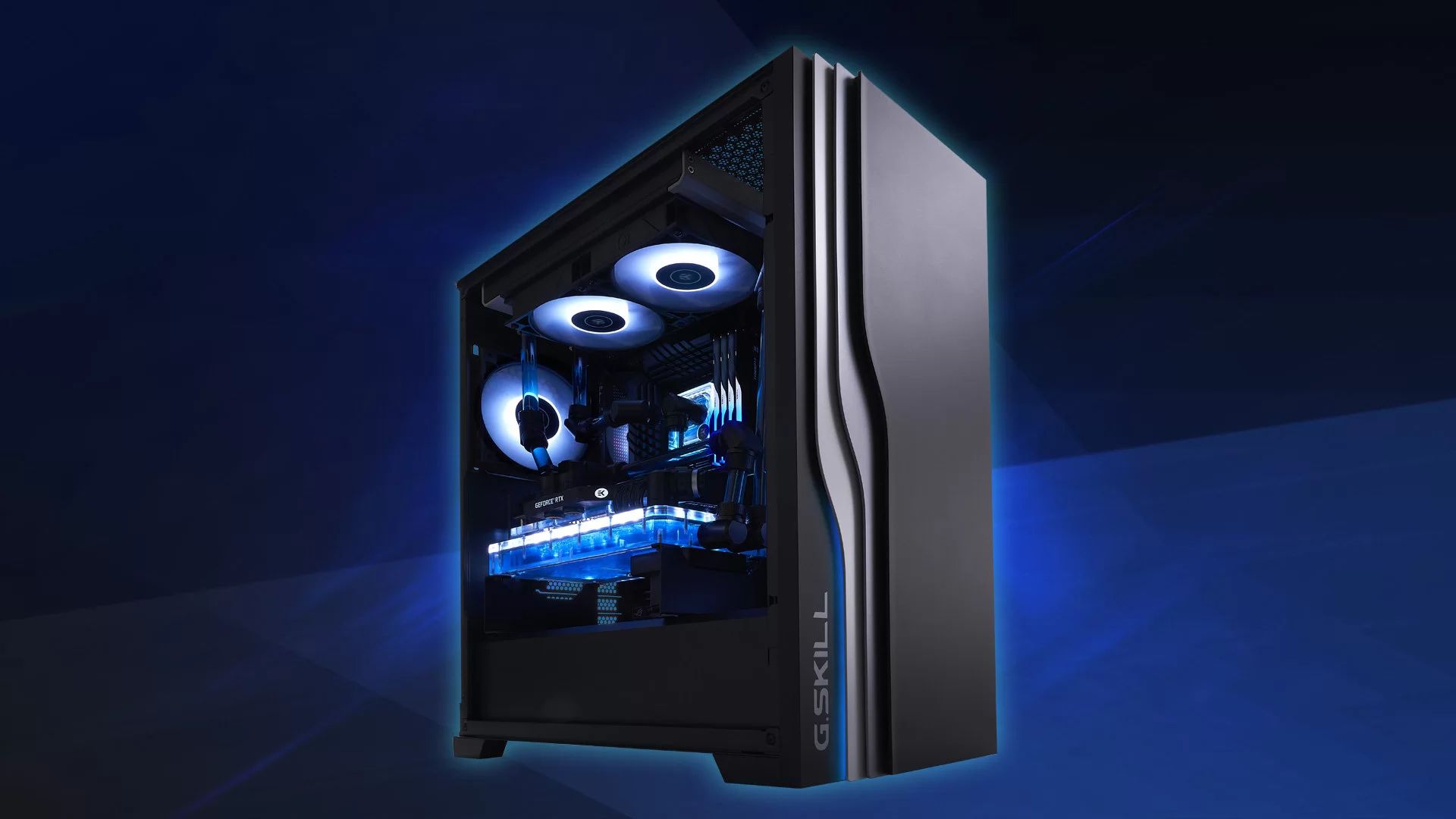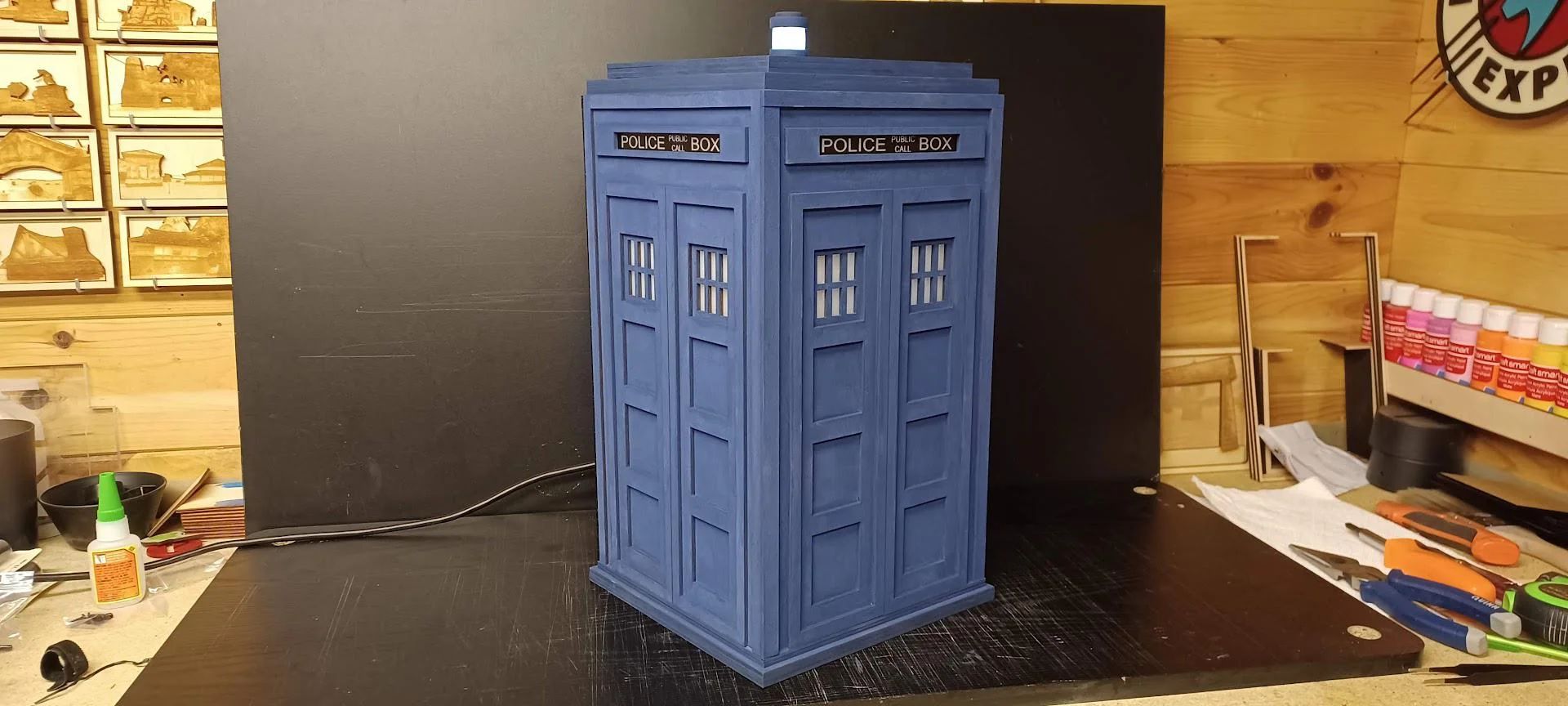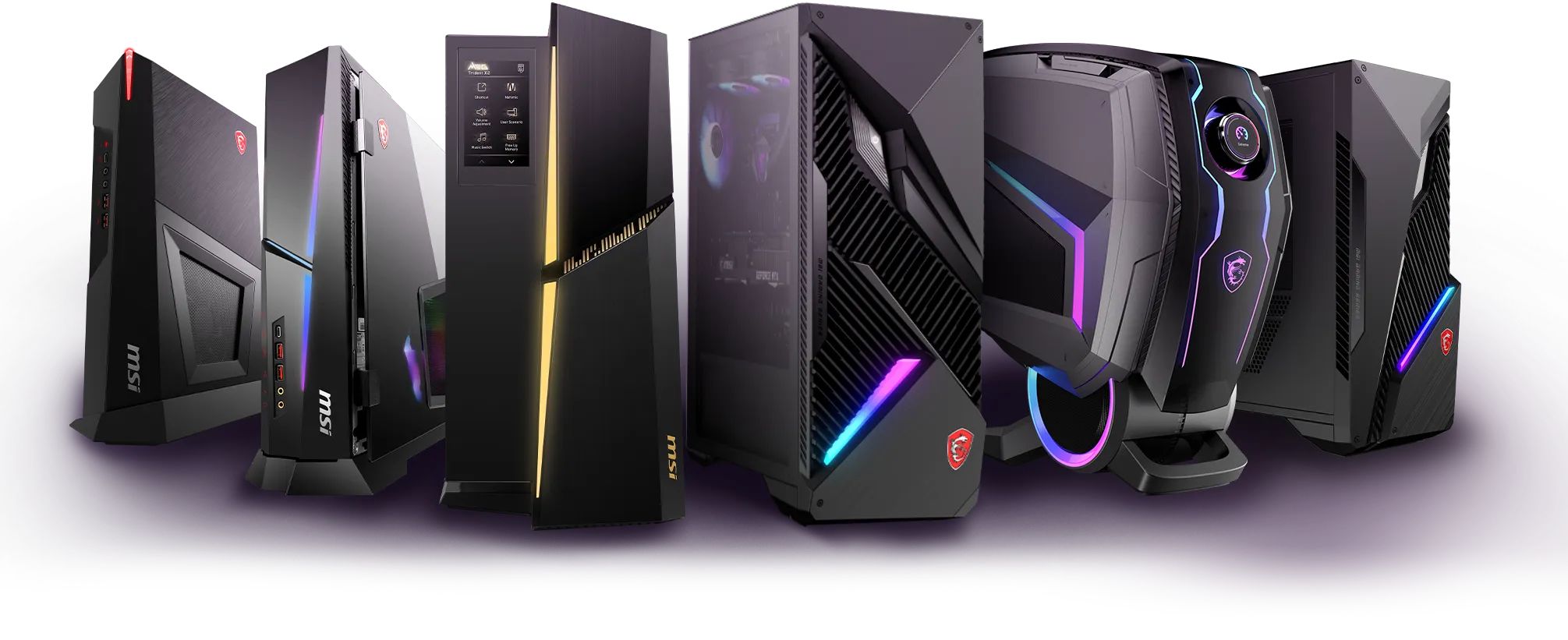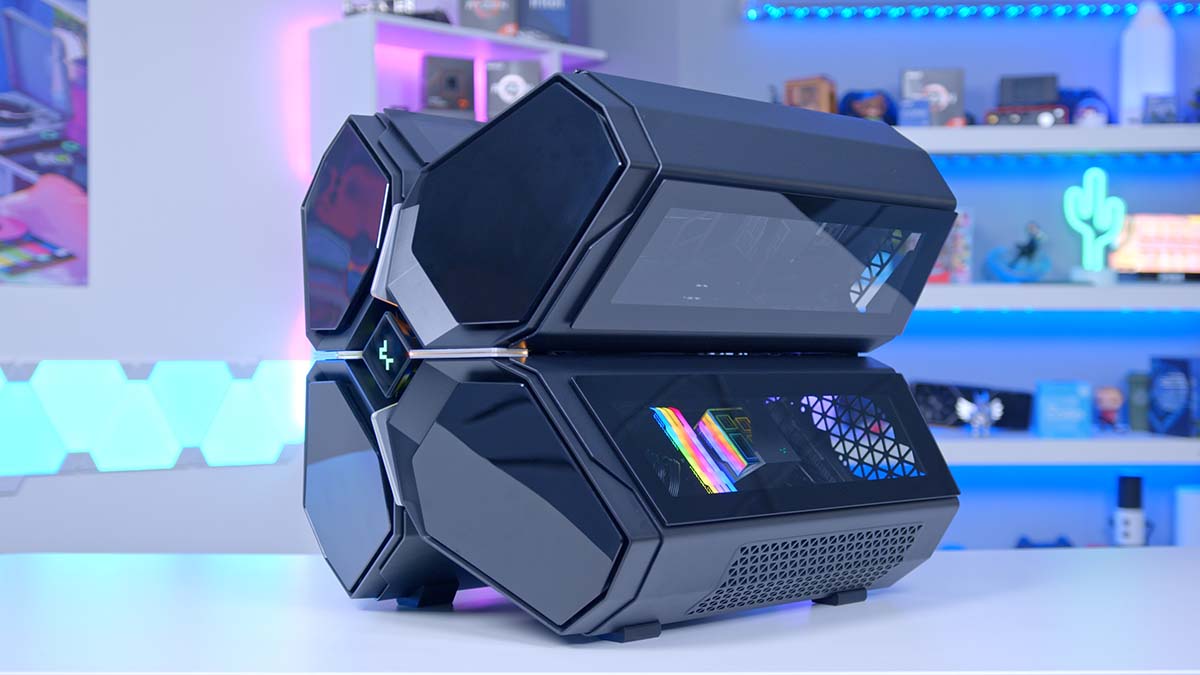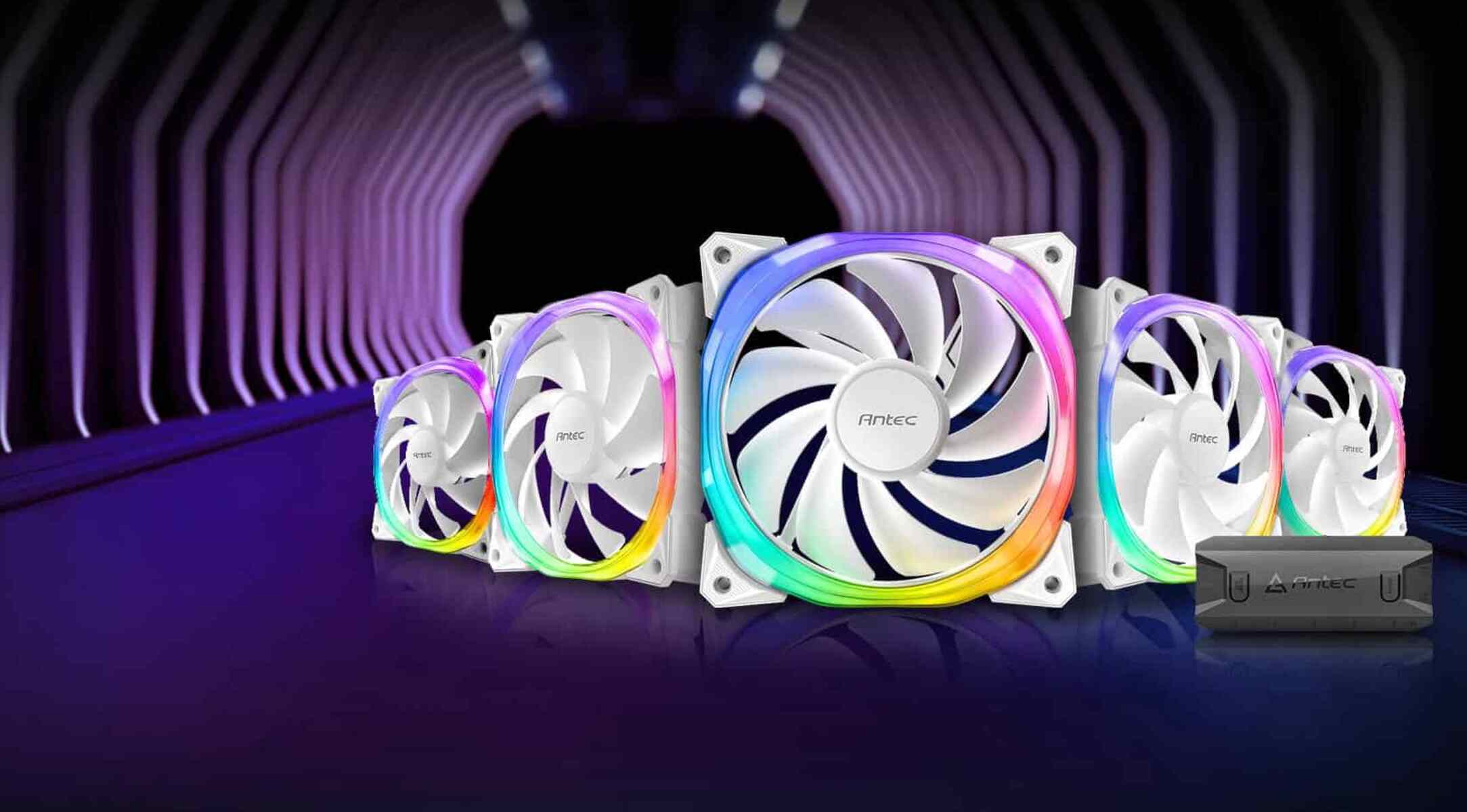Introduction
When it comes to building or upgrading a PC, one component that is often overlooked, but plays a crucial role in maintaining optimal performance, is the case fan. A properly functioning case fan helps to dissipate heat generated by the components, ensuring that your PC runs smoothly and efficiently. Buying the right PC case fan might seem like a simple task, but with the multitude of options available in the market, it can be overwhelming to choose the one that suits your needs.
In this guide, we will walk you through the key factors to consider when purchasing a PC case fan. From price and size to airflow and noise level, we will explore how each factor impacts the performance and functionality of the fan. Additionally, we will delve into important features like bearing type, PWM control, RGB lighting, installation, and brand reputation. By the end of this guide, you will have a clear understanding of what to look for in a PC case fan and be well-equipped to make an informed decision.
Before we dive into the details, it is important to note that choosing the right PC case fan depends on your specific needs and preferences. Factors such as the type of PC build, budget, and desired level of customization all come into play. Whether you are a casual user, a gamer, or a PC enthusiast, finding the perfect balance between functionality and aesthetics will ensure that your PC stays cool and performs at its best.
Price
When considering which PC case fan to purchase, price is an important factor to consider. The cost of a case fan can vary widely depending on the brand, features, and quality. It’s essential to set a budget before starting your search to ensure you don’t overspend.
In the market, there are budget-friendly options available that provide decent performance. These fans may not have all the advanced features, but they can still effectively cool your PC. On the other hand, high-end fans with premium features tend to come with a higher price tag. These fans often offer better performance, quieter operation, and additional customization options such as RGB lighting.
It’s important to strike a balance between your budget and the features you require. Consider the overall value that a fan provides in relation to its cost. Look for fan models that offer a good balance between affordability and performance. Reading reviews and comparing prices from different retailers can help you find the best deal.
Remember, the cost of a case fan is just one aspect to consider. Investing in a high-quality fan might be initially more expensive, but it can save you money in the long run by providing better cooling performance and durability. A well-built fan can last longer and effectively protect your components from heat-related damage.
Ultimately, it’s important to find a PC case fan that fits within your budget while still meeting your performance requirements. Take some time to research different options and compare prices to ensure you get the best value for your money. Don’t be afraid to invest a little extra if it means getting a fan that will keep your PC cool and running smoothly.
Size
When it comes to buying a PC case fan, size is a crucial factor to consider. The size of the fan determines its compatibility with your PC case and affects its cooling efficiency. Most case fans available on the market come in standard sizes including 80mm, 120mm, and 140mm, although other sizes may also be available depending on the manufacturer.
To determine the appropriate fan size for your PC case, you need to consider the available mounting locations. Measure the dimensions of the available fan mounts in your case and ensure that the fan you choose matches these measurements. It’s important to note that larger fans generally provide better cooling performance as they can move more air efficiently. However, if your case has limited space or specific mounting locations that only allow for smaller fans, opting for multiple smaller fans can also provide adequate cooling.
It’s worth mentioning that larger fans tend to operate at lower RPM (revolutions per minute), resulting in quieter operation compared to smaller fans running at higher RPM to achieve the same airflow. So, if noise level is a concern for you, choosing larger fans can be a good option.
Additionally, consider the overall airflow and cooling requirements of your system. High-performance gaming systems or systems with a lot of overclocking might benefit from larger fans or multiple fans to ensure optimal cooling. Smaller systems or systems that don’t generate as much heat might be adequately cooled with smaller fans.
In summary, when choosing a PC case fan, carefully consider the available space for mounting in your case, as well as the cooling requirements of your system. If possible, opt for larger fans as they generally offer better cooling performance with lower noise levels. However, if your case has space constraints or specific mounting locations that only accommodate smaller fans, multiple smaller fans can still provide adequate cooling. By choosing the right size fan for your PC case, you can ensure efficient airflow and optimal cooling for your system.
Airflow
When selecting a PC case fan, airflow is a crucial factor to consider. Airflow refers to the amount of air that the fan can push or pull through your PC case. Proper airflow is essential for keeping your components cool and maintaining optimal performance.
There are two types of airflow configurations to consider: intake and exhaust. Intake fans bring fresh, cool air into the case, directing it towards the components that generate heat, such as the CPU and GPU. Exhaust fans, on the other hand, push hot air out of the case, expelling it from the system. A well-planned airflow setup ensures that cool air is efficiently drawn in and hot air is effectively expelled, preventing heat buildup.
To determine the airflow capability of a case fan, it is important to look at the cubic feet per minute (CFM) rating. CFM measures the volume of air that a fan can move in one minute. A higher CFM rating indicates a greater airflow capacity. However, it is important to strike a balance with the appropriate number of fans to create positive air pressure inside the case, ensuring that air is effectively circulated and preventing dust buildup.
In general, it is recommended to have an equal or slightly higher number of intake fans compared to exhaust fans. This helps maintain positive air pressure inside the case, reducing the intake of dust and ensuring that cool air reaches the components efficiently. Additionally, consider the placement of the fans to optimize airflow. Having intake fans at the front and bottom of the case, and exhaust fans at the top and rear, can create a flow of air that effectively cools the components.
Furthermore, some case fans come with additional features such as fan blades with optimized designs or directional vents to enhance airflow. These features can help increase the cooling capacity of the fan and improve overall system performance.
When choosing a PC case fan, carefully consider the airflow needs of your system. Evaluate the CFM rating, the number and placement of fans, and any additional airflow optimization features. By ensuring adequate and efficient airflow, you can maintain stable temperatures and enhance the longevity of your PC components.
Noise Level
One important aspect to consider when purchasing a PC case fan is the noise level. The noise level of a fan is measured in decibels (dB) and indicates the amount of sound it produces while in operation. Having a quiet PC is desirable, especially if you use your PC in a noise-sensitive environment or if you simply prefer a quieter computing experience.
Fans with higher RPM tend to generate more noise compared to fans with lower RPM. Therefore, consider the RPM rating of the fan when assessing its noise level. Additionally, fans with larger blades tend to spin at lower RPM to achieve the same airflow, resulting in quieter operation. Noise reduction features, such as specially designed fan blades, rubberized mounting points, or vibration dampening materials, can also help to minimize noise.
To find a quiet case fan, look for fans with a low dB rating. Fans with ratings below 20 dB are considered very quiet, while fans with ratings between 20-25 dB are generally considered moderate in terms of noise level. It’s important to note that noise perception can vary from person to person, so what may be quiet for one individual might still be noticeable to another.
Additionally, consider the overall noise level of your system. If your PC has other components, such as a loud CPU cooler or power supply, you may want to choose a case fan that operates at a slightly higher noise level to help mask the noise produced by other components. However, if a silent PC is a top priority, investing in fans specifically designed for silent operation, such as those marketed as “silent” or “quiet” fans, can help create a more peaceful computing environment.
In summary, when choosing a PC case fan, take into account its noise level. Look for fans with lower dB ratings, especially if a quiet computing experience is important to you. Consider factors such as RPM, fan blade size, and noise reduction features to ensure you find a fan that strikes a balance between adequate cooling performance and quiet operation. By selecting a case fan with a noise level that aligns with your preferences, you can enjoy a more peaceful and enjoyable computing experience.
Bearing Type
Bearing type is an important consideration when choosing a PC case fan. The bearing is the mechanism that allows the fan blades to rotate smoothly. Different bearing types offer varying levels of performance and durability, as well as noise levels. Understanding the differences between the various bearing types can help you make an informed decision.
Sleeve bearings are one of the most common and cost-effective options. They consist of a shaft surrounded by a sleeve of oil that helps reduce friction. While sleeve bearings are generally quieter, they have a shorter lifespan compared to other options and may require periodic maintenance to prevent overheating or failure.
Ball bearings are more durable and longer-lasting. They use small metal balls to reduce friction between the shaft and the bearing housing. Ball bearings can handle higher temperatures and are more resistant to dust and debris. They do tend to be noisier than sleeve bearings, though the noise level can vary depending on the quality of the fan.
Fluid dynamic bearings (FDB) are a newer type of bearing that combine the best aspects of sleeve and ball bearings. FDB fans use a fluid lubricant to reduce friction and increase performance and lifespan. They generally operate quietly and have a longer lifespan compared to the other bearing types. FDB fans are often found in high-performance fans and are a good choice if noise level and reliability are important factors for you.
Magnetic levitation (ML) bearings are the newest and most advanced bearing type. ML fans use magnetic fields to suspend the rotor, resulting in virtually no friction. This makes them extremely quiet and durable. ML fans are often found in high-end, premium fans, and while they tend to be more expensive, they offer top-notch performance and exceptional lifespan.
When choosing a PC case fan, consider the bearing type that suits your needs based on factors such as noise level, durability, and performance. Consider both your budget and the requirements of your system. If you prioritize quiet operation and longevity, investing in fans with ball, fluid dynamic, or magnetic levitation bearings may be worth the additional cost. On the other hand, if you are on a tight budget, sleeve bearing fans still offer adequate performance for most applications. Making an informed decision about the bearing type ensures that you select a case fan that will provide reliable and efficient cooling for your PC.
PWM Control
PWM (Pulse Width Modulation) control is an important feature to consider when selecting a PC case fan. PWM allows for dynamic control of the fan’s speed based on the temperature of the system. This feature provides more precise control over the cooling performance and noise level of the fan.
With PWM control, the speed of the fan can be adjusted automatically based on temperature fluctuations. When the system is under heavy load and generating more heat, the fan speed increases to provide additional cooling. Conversely, when the system is idle or running at lower temperatures, the fan speed decreases, resulting in quieter operation.
The ability to control the fan speed via PWM offers several benefits. First, it allows for more efficient cooling as the fan adjusts its speed based on real-time temperature changes. This can help maintain optimal temperatures for your PC components and prevent overheating. Second, PWM control helps to minimize noise levels. The fan only operates at higher speeds when necessary, reducing noise output during periods of lower activity or temperature.
It is important to note that to take advantage of PWM control, your motherboard must have a PWM fan header. Most modern motherboards come with at least one PWM fan header, but it’s worth double-checking your motherboard specifications to ensure compatibility.
When selecting a PC case fan, consider whether PWM control is important to you. If you value precise control over cooling performance and noise levels, opting for a fan with PWM control is recommended. This feature allows for automatic and dynamic speed adjustments based on the system’s temperature, resulting in efficient cooling and quieter operation. However, if you are on a tight budget or do not require advanced fan speed control, fans without PWM control can still provide adequate cooling performance for everyday use.
In summary, PWM control is a valuable feature that offers precise fan speed control based on real-time temperature changes. Consider whether this feature aligns with your needs and ensure that your motherboard supports PWM fan control before purchasing a fan. By selecting a fan with PWM control, you can enjoy efficient cooling and quieter operation in your PC system.
RGB Lighting
RGB lighting has become a popular trend in PC building, allowing users to add a touch of personalization and aesthetic appeal to their systems. RGB (Red, Green, Blue) lighting enables case fans to emit a wide range of colors and lighting effects, creating a visually stunning and customizable look.
When selecting a PC case fan, you can choose between fans with RGB lighting and fans without. RGB fans come in various configurations, including ones with individual LEDs on each fan blade or a ring of LEDs around the fan hub. Some fans even offer advanced lighting effects, such as color cycling, pulsating patterns, or customization through software control.
RGB lighting adds a vibrant and eye-catching element to your PC setup. It allows you to match your system’s lighting with the overall theme or color scheme of your build. Whether you want a calming blue glow, an energizing red ambiance, or any other color combination, RGB lighting offers endless possibilities for creativity and personal expression.
It is important to note that RGB fans often require additional cables or connectors to control the lighting effects. Ensure that your motherboard or lighting controller supports the specific RGB fan you choose to enable synchronization with other RGB components in your build. Some fans also come with their own software for lighting control, offering more extensive customization options.
While RGB lighting can be visually appealing, it is essential to consider whether it aligns with your personal preferences and the overall aesthetics of your PC. If you prefer a cleaner and more minimalistic look, fans without RGB lighting may be a better choice. However, if you enjoy the vibrant and customizable lighting effects, opting for fans with RGB lighting can add an extra level of flair and personalization to your PC build.
In summary, RGB lighting allows for customizable and visually appealing lighting effects in your PC case fans. Consider whether this aesthetic feature aligns with your preferences and the overall style of your build. Ensure compatibility with your motherboard or lighting controller and decide whether the additional cables and connectors associated with RGB lighting are worth the added visual impact. By selecting fans with RGB lighting, you can create a unique and personalized PC setup that reflects your style and personality.
Installation
Proper installation of a PC case fan is essential to ensure its optimal performance and longevity. While the installation process may vary slightly depending on the fan and your specific PC case, there are some general guidelines to follow.
1. Begin by identifying the mounting locations in your PC case. These are usually located in the front, rear, or top of the case. Consult your PC case manual for specific details.
2. Ensure that you have appropriate screws or mounting brackets that came with the fan. These are typically included in the fan packaging.
3. Align the screw holes on the fan with the mounting holes on the case. Make sure the fan is positioned in the desired direction for optimal airflow.
4. Secure the fan to the case using the provided screws or mounting brackets. Ensure that the fan is securely attached without any wobbling or loose connections.
5. Connect the fan’s power cable to the appropriate fan header on your motherboard. Some fans may come with additional cables for RGB lighting or fan speed control, so make sure to connect those as well if applicable.
6. Double-check all connections to ensure they are secure and properly aligned.
7. Once the fan is installed, it is recommended to test it to ensure it is functioning correctly. Power on your PC and listen for any abnormal noises or vibrations coming from the fan. You can also check the BIOS or use fan control software to monitor the fan speed and adjust settings if necessary.
It is important to note that some PC cases may have specific installation requirements or restrictions. Consult your case manual for any additional guidelines or recommendations.
If you are unsure about the installation process, it is advisable to seek help from a professional or consult online resources and tutorials specific to your PC case and fan model. Proper installation ensures that the fan operates efficiently and delivers optimal cooling performance, contributing to the overall health and longevity of your PC system.
In summary, installing a PC case fan requires careful alignment, secure mounting, and proper connection to the motherboard. Follow the manufacturer’s instructions and consult your PC case manual for any specific installation guidelines. Take the time to ensure a proper installation to maximize the fan’s performance and longevity.
Brand Reputation
When choosing a PC case fan, considering the reputation of the brand is an important factor to ensure quality, reliability, and customer satisfaction. Opting for a reputable brand can provide peace of mind and increase the likelihood of purchasing a fan that meets your expectations.
Reputable brands have often established themselves in the industry through a history of delivering high-quality products. They prioritize customer satisfaction and invest in research and development to innovate and improve their offerings. These brands often have a solid track record of producing fans that are durable, efficient, and well-regarded by users.
To assess a brand’s reputation, consider the following aspects:
1. Customer Reviews: Read customer reviews and feedback on the specific fan model and brand. Look for patterns of positive experiences, durability, and overall satisfaction. However, keep in mind that individual experiences may vary, so gather a range of opinions.
2. Warranty and Support: Check the warranty period offered by the brand. Reputable brands often provide longer warranties, indicating their confidence in their product’s reliability. Additionally, consider the availability and quality of customer support in case you encounter any issues or need assistance.
3. Brand Presence and History: Research the brand’s presence in the market and their history. Established brands with a strong market presence and a history of producing quality products are more likely to have comprehensive product lines, better quality control, and ongoing customer support.
4. Industry Recognition: Consider whether the brand has received any industry recognition or awards for their products. Notably, recognition from reputable sources or industry experts can validate the brand’s commitment to quality and innovation.
While reputable brands can offer a sense of security in terms of quality and reliability, it’s also important to evaluate individual product specifications and customer reviews specific to the fan you are considering. Each brand may have variations in different product lines or models, so researching the specific fan you are interested in is crucial.
In summary, brand reputation plays a significant role in the selection process of a PC case fan. Reputable brands are more likely to offer dependable products, have better customer support, and provide long-term reliability. Consider customer reviews, warranty and support, brand presence and history, and industry recognition to assess a brand’s reputation. However, remember to also evaluate the specific fan model and its features to ensure it meets your requirements and preferences.









